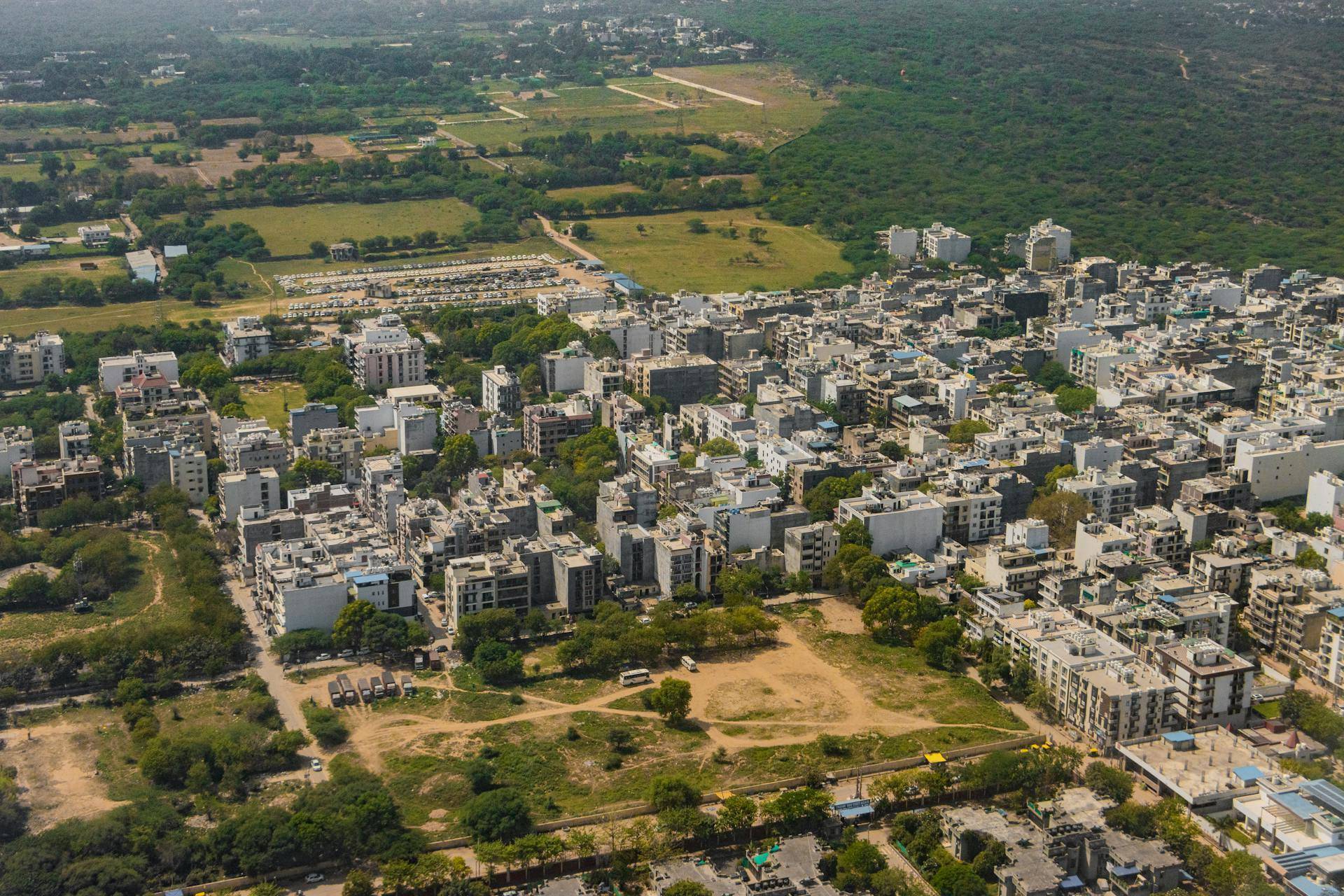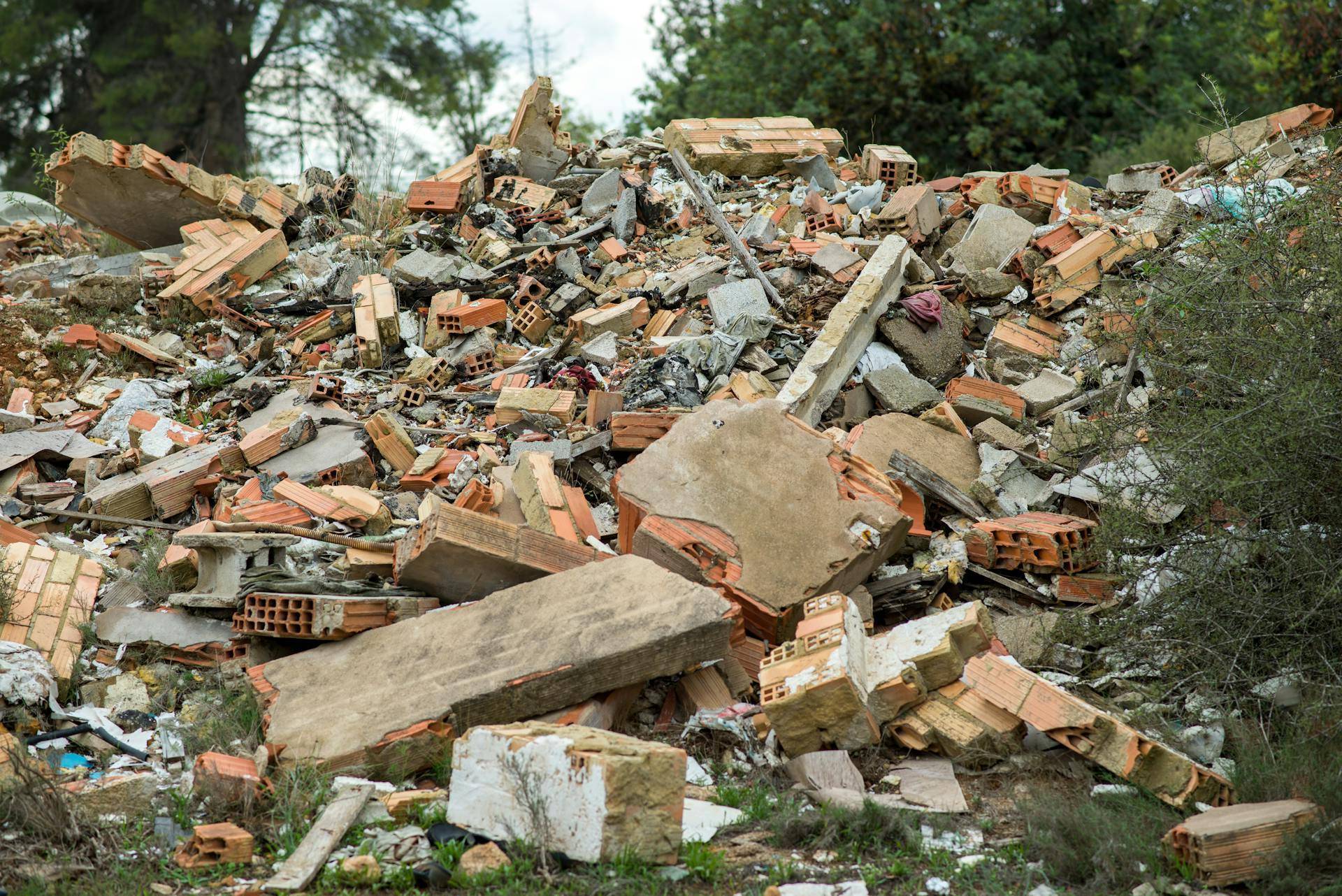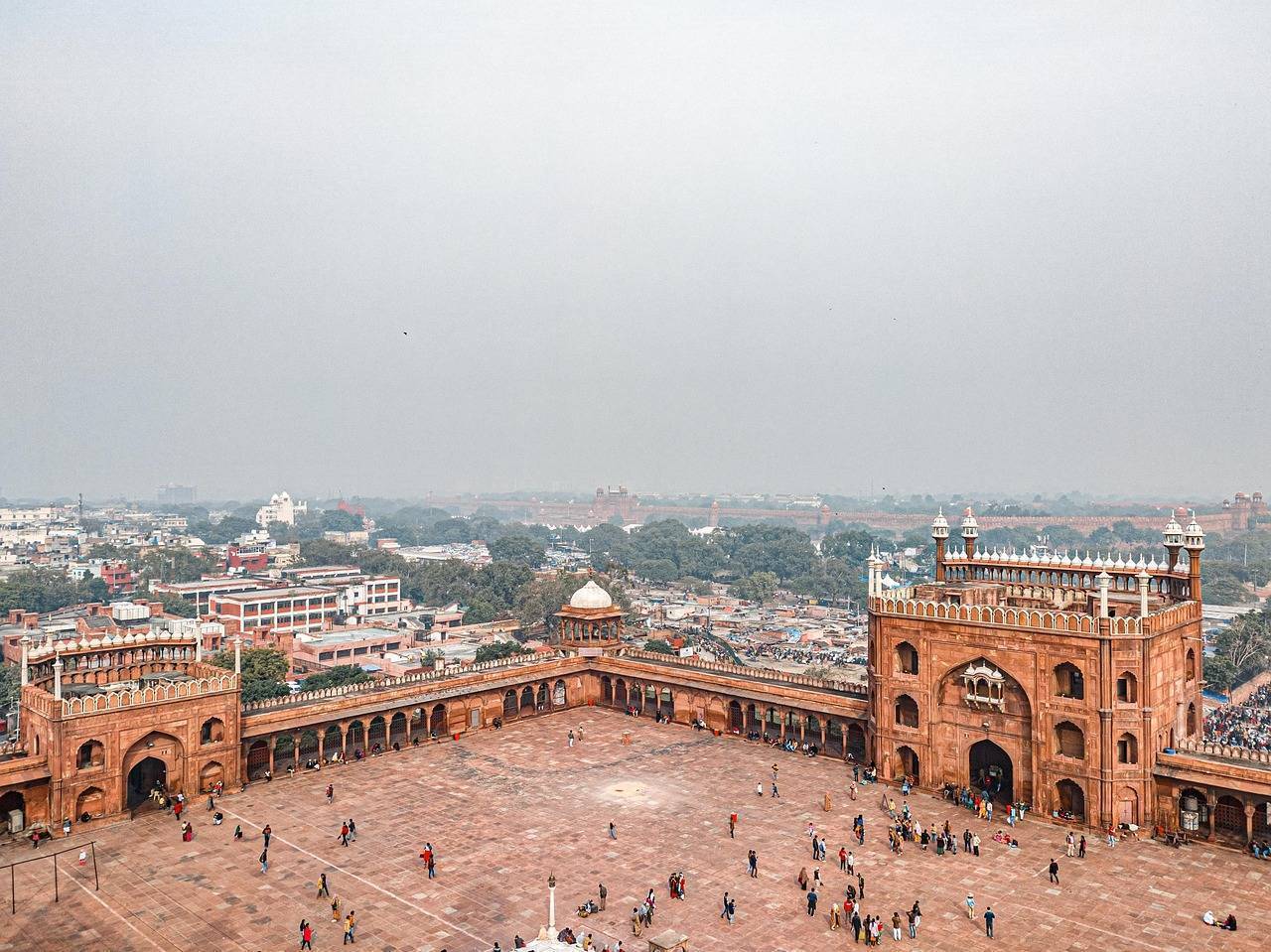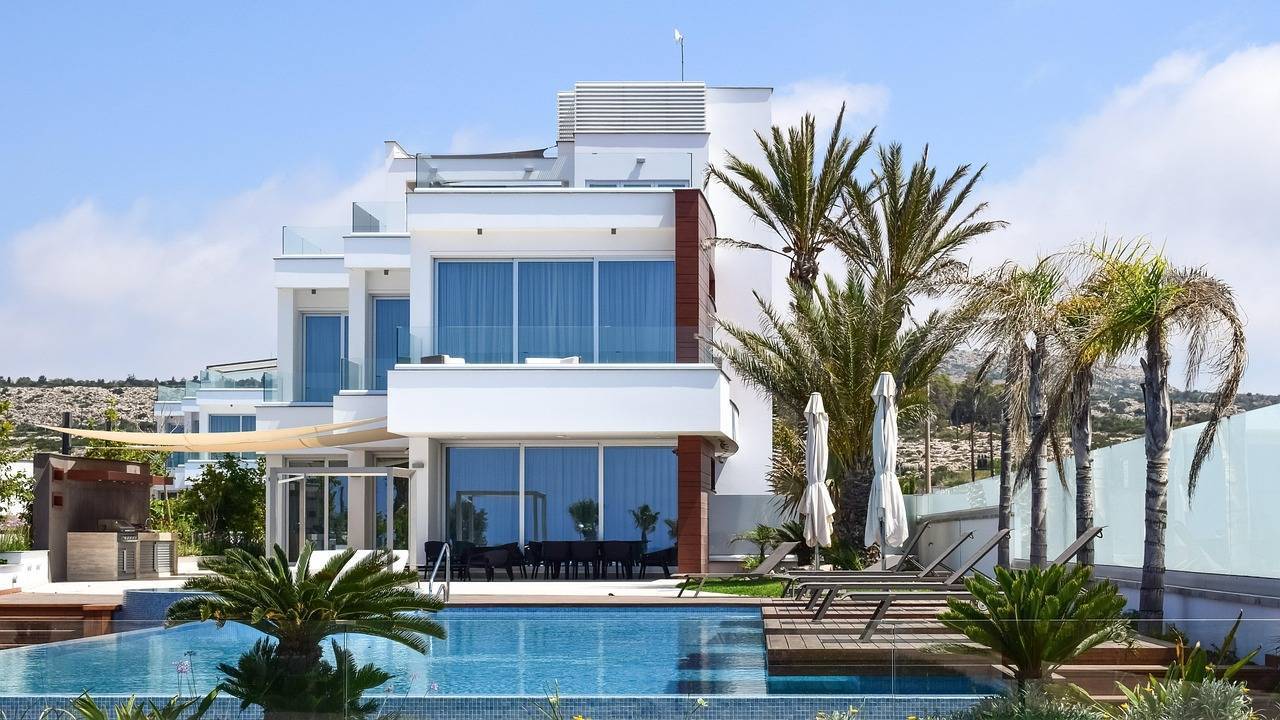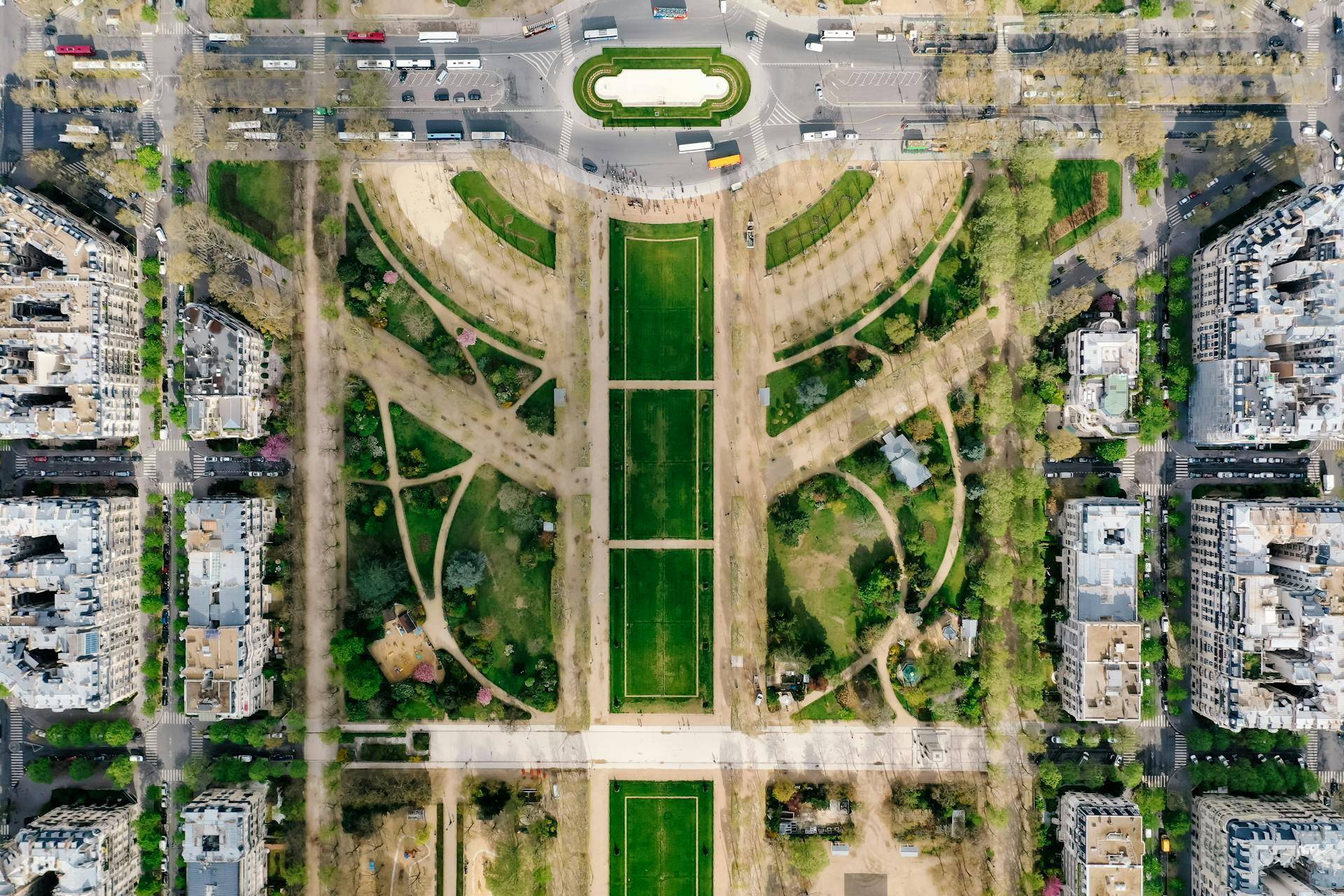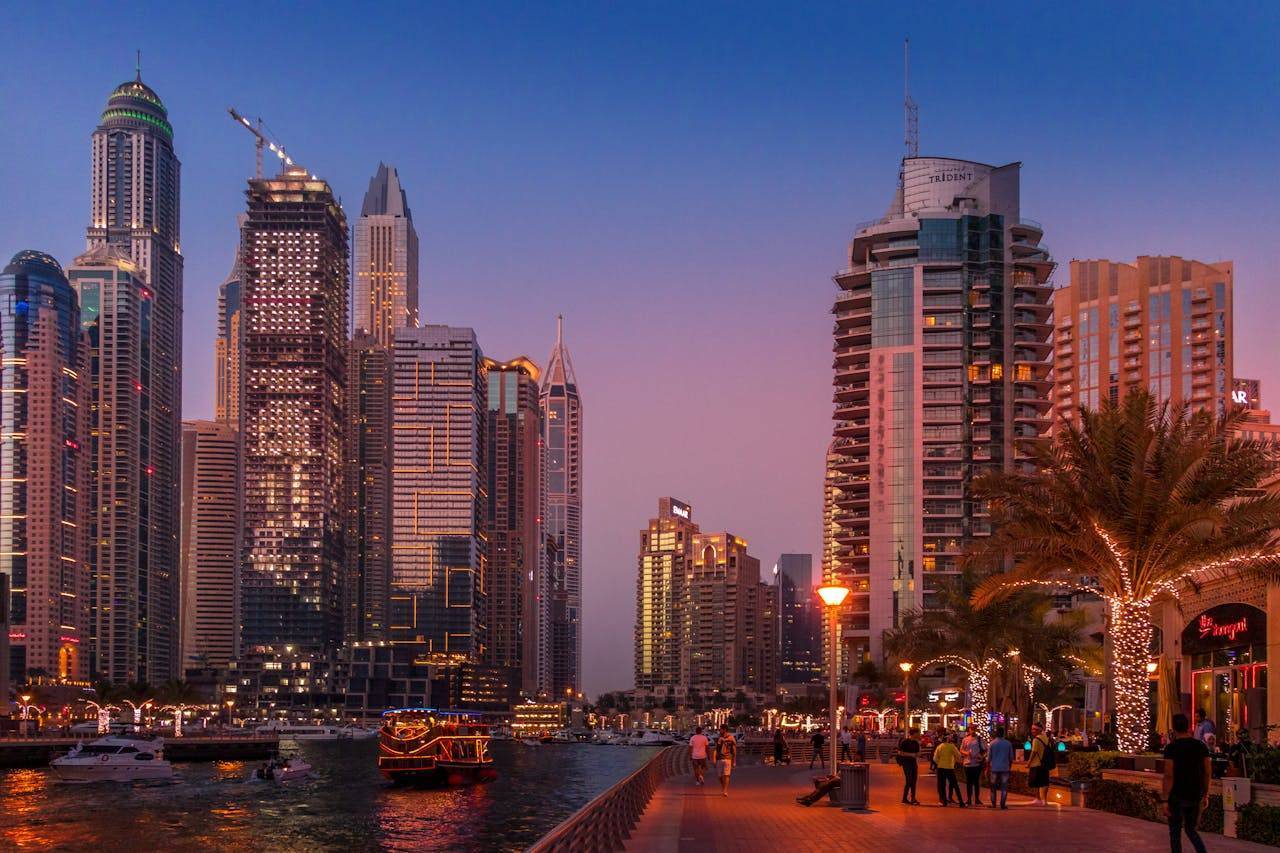Mumbai recorded 11,521 property registrations in June 2025, representing a marginal 1% decline compared to the same period last year. Despite the slight dip in volumes, government revenue from these registrations increased by 2% year-on-year to ₹1,031 crore, according to data released by the Maharashtra Department of Registrations and Stamps.
For the first half of 2025, property registrations in Mumbai reached 75,982 units, showing a 5% increase over the same period in 2024. Registration revenue during this period rose 15% year-on-year to ₹6,727 crore. According to Knight Frank India, this marks the strongest half-yearly performance in Mumbai’s residential market since 2013.
Analysis of June data indicates a shift in buyer preferences towards the higher price segments. The share of registrations for properties priced above ₹5 crore rose from 5% in June 2024 to 6% in June 2025. In contrast, mid-market segments, particularly properties priced between ₹1 crore and ₹5 crore, saw a reduction in their share of overall transactions.
Apartments measuring up to 1,000 sq ft continued to dominate Mumbai's registration landscape. These accounted for 84% of all transactions in June 2025, broadly stable from 83% a year earlier. Within this category, the 500–1,000 sq ft segment remained the largest, rising from 44% to 45%. The share of units under 500 sq ft was unchanged at 39% year-on-year.
Larger apartments measuring between 1,000 and 2,000 sq ft maintained their 13% share, while units above 2,000 sq ft accounted for 3% of registrations, unchanged from June 2024. The data suggests that compact apartments remain the preferred choice for most buyers, while a niche segment continues to invest in larger homes.
In terms of geography, Mumbai’s Western and Central Suburbs together accounted for 88% of registrations in June 2025, up from 86% in June 2024. The Western Suburbs contributed 57% to total registrations, while the Central Suburbs accounted for 31%. South Mumbai's share declined to 6% in June 2025, indicating a slowdown in activity in traditionally premium locations.
Shishir Baijal, Chairman and Managing Director of Knight Frank India, noted that Mumbai's residential market continues to show steady demand trends. He observed that while there has been some cooling in the mid-price segments, the demand for larger homes and properties priced above ₹5 crore has remained stable, supporting revenue growth.
The sustained demand and shift in buyer preferences towards higher price brackets contributed to record revenue collections for the government in the first half of the year. According to analysts, stable demand trends, relatively low unsold inventory, and continued new project launches across suburbs have helped support transaction volumes.
Market watchers note that while compact homes remain the largest segment by volume, the rise in higher-value transactions points to a growing base of affluent buyers looking for bigger homes or upgrading their living spaces.The rise in revenue collections, despite nearly flat registration volumes in June, also reflects the higher average value per transaction. Developers expect steady momentum in the coming quarters, though mid-market segments may see greater price sensitivity due to broader economic factors.

